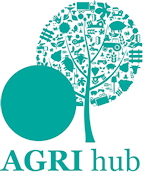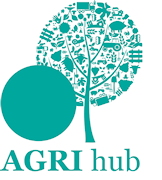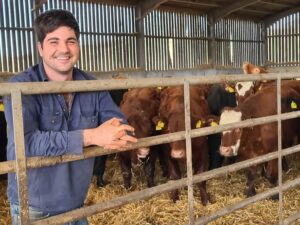Natural capital and carbon are hailed by some as the answer to sustainable farm incomes, but they are not a panacea; those considering selling environmental services should check the small print first.
Although there are likely to be some profitable options, disadvantages to trading natural capital can include long-term agreements and punitive measures should the terms not be met.
“You need to think about whether the management fits in with other farming activities and consider the effect of any agreement on tax and tenancy terms,” explains Jeremy Moody, secretary and adviser to the Central Association of Agricultural Valuers (CAAV). “It is no more or less a transaction than any other, so treat it as such.”
It’s also vital to consider emerging demands from consumers and commodity buyers. So, while selling carbon credits to other people for fixing organic matter into the farm’s soil may look like a win-win, what happens when a retailer then insists on the farm itself being carbon neutral? “The value in selling carbon credits right now is trivial – it’s far more valuable to retain the carbon on your farm; helping another business become net zero will not help the farm itself,” warns Mr Moody.
Commercial forestry is also more profitable than planting trees for carbon sequestration. “There is significant commercial demand for forestry and prices for both timber and woodland have risen sharply.” Given the risk-reward ratio, it’s better business to trade the timber, he adds. “If you sell the carbon and the trees fail or burn down, what happens then?”
However, there are times when selling environmental services is mutually beneficial. And some agreements might be ‘stacked’ to garner greater income for differing benefits yielded from management practices. For example, rewetting peatland might encourage greater biodiversity, sequester carbon, and provide clean water, each of possible value to different buyers.
All developers will soon have to deliver a 10% biodiversity net gain as well as the development. Where this is better achieved off-site, that would generate demand for environmental services from farms.
Different habitats will carry different values, according to Richard Sanders at the CAAV. Those which are rarer, quick to recreate, and closest to the development will be worth more than slower options – like tree planting – or are further afield. The habitat type and condition of the land will also be taken into account. “If you’re losing high-value grassland then it should be replaced with grassland; the better its condition the greater its value.”
Land which is in a Local Nature Recovery Strategy or Biodiversity Action Plan, for example, will also be of higher value. “If you’re keen on delivering biodiversity net gain then try to get your land allocated to a local strategy by engaging with local environmental groups and those preparing the strategies,” says Mr Sanders.
Net gain agreements are for at least 30 years, and will be tied to the land, so landowners need to be sure that the offer is worthwhile, he warns. It’s also important to be clear about obligations; is the landowner delivering the management or is the land to be leased to a third party like the Habitat Bank or environmental charity to deliver the measures?
Current estimates for biodiversity net gain incomes range from £260 to £670/ha per year. “When compared to the average income from farming in 2020 of £389/ha that could be attractive,” says Mr Sanders. “You also need to look at how the management fits in with the existing business, as there may be additional benefits – if you have a tourism venture then some well-planned habitat creation could add value.” Planting wildflower meadows might work underneath a solar farm or complement a change to regenerative farming and selling premium meat, he adds.
“But be careful of tax implications – check that the land will still be in agricultural use or it could affect Inheritance Tax reliefs. We are pressing for agricultural property relief to apply to land in environmental agreements, giving landowners and farmers the confidence they need.”
For more information visit www.caav.org.uk.
About the CAAV
The Central Association of Agricultural Valuers (CAAV) is a specialist professional body representing, qualifying and briefing over 2,900 members practising in a diverse range of agricultural and rural work throughout England, Wales, Scotland and Northern Ireland.
CAAV members are agricultural and rural valuers who provide professional advice and valuation expertise on issues affecting the countryside from tenancy matters to sales and purchase of farms and land, from taxation and compulsory purchase to auctioneering, and from conservation issues to farming structures.
We are always happy to speak to the press – if you have any queries please contact Marianne Curtis at Agri-hub PR services, on 07443 747808 or email [email protected]






